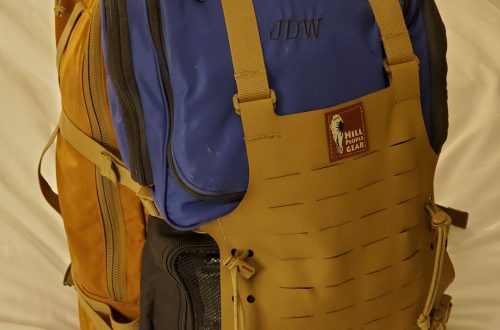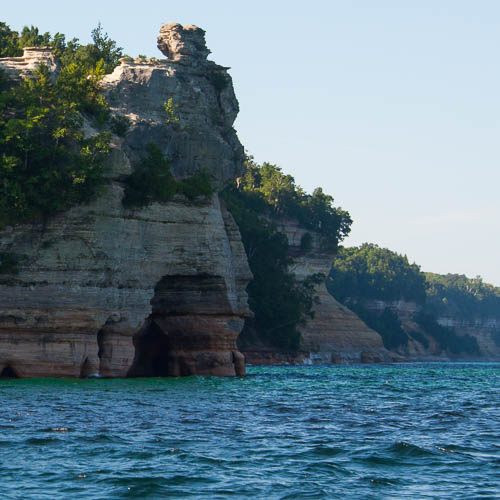Adventures in Arizona, Part I
I’m in Arizona for work-related training. It is hot here (110+F), but I don’t mind it. I’ve been here before in the summer, and the heat really isn’t an issue. I have to keep myself in desert mentality with regard to drinking water and the like, but things are fine otherwise.
I had some free time on Tuesday, so I decided to take a little trip to see the Grand Canyon. I was last there about 22 years ago, so it has been a little while. 🙂 I planned ahead for this, so I had my camera and lots of memory cards. I also brought my big hat (originally purchased for my first desert trip to Yuma, AZ, a number of years ago). Unfortunately, due to the silly liquid restrictions on airlines, I couldn’t bring sunscreen or any of my water-carrying apparatus. My first thing to do, then, after getting to the hotel on Friday night, was to locate a grocery/supply store. There I bought bottled water, one of those cheap foam coolers, and sunscreen (in addition to snacks and stuff for the hotel). Tuesday morning, I woke up, got breakfast at a local recommended place, bought a bag of ice, and took off for the Grand Canyon.
About half-way through the almost four-hour trip, I found that I was getting a little tired, and needed to take a break. I saw a sign for something called “Montezuma’s Well National Monument,” so I decided I’d head in that direction. I drove for about ten or fifteen minutes or so through these crazy little desert back-roads, then landed at Montezuma’s Well.
This place was quite impressive. Montezuma’s Well is a natural warm spring formed in a large depression in the land. It is believed to have been formed by warm springs rising and forming a large cavern via erosion, the roof of which later collapsed. What was left was a large, bowl-shaped depression with a constant supply of warm (76F, constant) water. The water drains from the “well” through an underground cavern, exiting the basin near a small river. It was settled probably in the 1300’s by a Native American tribe, who dug a long, narrow irrigation canal from the exit of the underground cavern to their fields, paralleling the river. About 400 years later, the settlement was abandoned and the tribe vanished from existence. According to what I could find at the site, nothing else is known about the tribe, other than it ceased to exist at around that time.
Today, the springs still replenish the water in the well at approximately the same volume that they had over 700 years ago. The irrigation canal still exists and is mostly self-maintaining. I don’t know where it ends, but I assume that it now ends in the river. It is no longer used for irrigation, of course. The eco-system in the well is pretty neatly defined, with a constant life cycle of ancient organisms doing their thing every day.
All in all, I was quite glad that I stopped. Here are some pictures:


